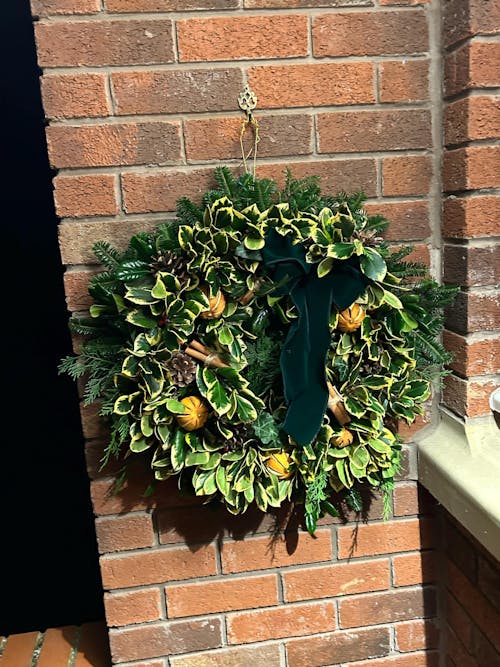Scientific Name
Rhipsalis ramulosa (wickerwork plant with many branches) 'Red Coral'
Common Name
Red Coral, Red Mistletoe Cactus, Forest Cactus
Origin
Native to tropical areas in South and Central America
Description
The Red Coral cactus stands out with its explosion of foliage; each frond blends from bright green to pale red, giving it its name and making it really contrast across the plant. Unlike desert cacti, Rhipsalis cacti like a bit more water and humidity, having adapted to survive in a moist, jungle environment instead of the arid desert. The red tint of its leaves will be enhanced by bright light, but it is less tolerant to the direct sun than its desert cousins, so will prefer indirect light which will prevent them from drying out and becoming too crispy. Choose the Red Coral for a multi-coloured, attention-grabbing centrepiece; this one looks great in a hanging pot or on a taller shelf!
Light
Rhipsalis, or Forest cacti like bright, indirect light; they will appreciate a couple of hours of sunlight per day but not much more, and can tolerate lower light levels too as long as they are watered less in a dimmer spot.
Water
Although they like more water than their desert cousins, rhipsalis cacti still don't like soggy roots. In brighter or more direct light only let the top third dry out, and in a dimmer spot let most of the soil dry out but don't leave it to dry entirely.
Humidity
Average humidity is fine, just make sure it's not too close to a heater.
Soil
Use a cactus & succulent mix, or one with added coir or bark for drainage; repot every three years in spring as the plant grows. If it's flowering, keep it pot-bound a little longer to prevent it from getting shocked by the move and losing flowers.
Food
Feed every four waters in the growing season, and reduce to every six in autumn and winter.
Temperature
Temperatures of about 18-26°C are great make sure it doesn't drop below 10°C in winter.
Pet-safe
Yes, but too much nibbling won't be good for pets, small humans or the plant!
Sprouts Top Tips
Rhipsalis may be cacti, but they like more water than their desert cousins; make sure they drain well and aren't left soggy while also not drying out completely- keep an eye on your plant to get the water right for it. Yellowing leaves are a sign of too much water, while with too little, the leaves will start to go crispy and your plant stop growing.
















![The 'Hot Toddy' Fresh Foliage Christmas Wreath [Made to Order]](https://cdn.shopify.com/s/files/1/0490/2774/3905/products/the-hot-toddy-fresh-foliage-christmas-wreath-240111_500x500.jpg?v=1637626402)









